Notes from the Museum's Mermaid Tank
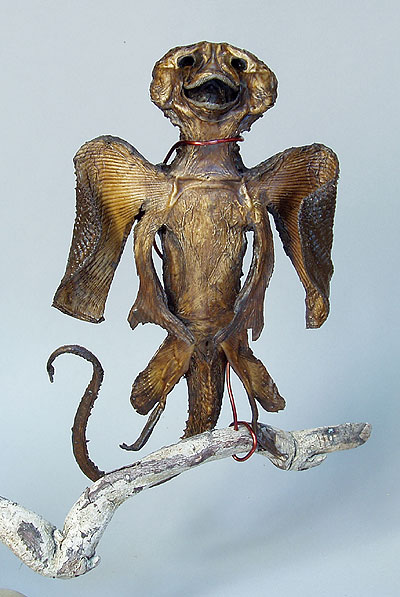
Mermaid collecting has had a rather difficult and controversial history. Mermaid collectors are often beguiled by artists' depictions of full-size, curvaceous, fish-women, but the actual specimens that show up in collections tend to be much shorter and not really all that human-looking. Some species seem to be a primate-fish mixture, with the type specimen generally regarded to be P.T. Barnum's Feejee Mermaid, exhibited at his American Museum. Modern versions can be seen here.
The Zymoglyphic Museum's new curiosity cabinet acquisition, shown above, belongs to a family of mermaids that has been referred to throughout history by the common name "Jenny Haniver".
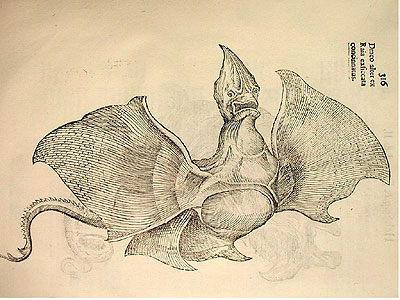
This related species appears in Ulisse Aldrovandi's posthumously published 1642 work,
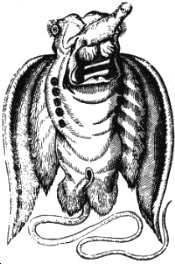
This sighting of a somewhat more primitive species is from Ambroise Pare's 1573 work, On Monsters and Marvels
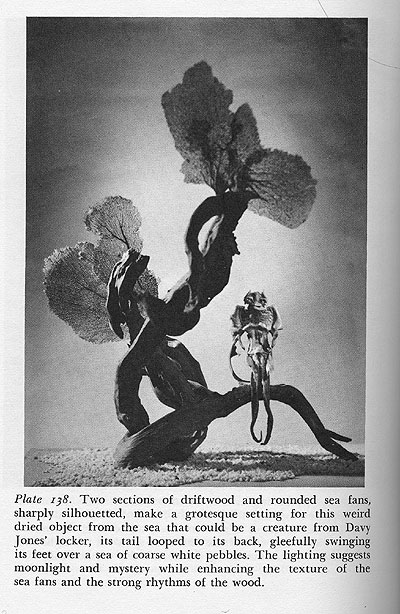
This one appears in Mary Thompson's 1960 natural art classic, The Driftwood Book
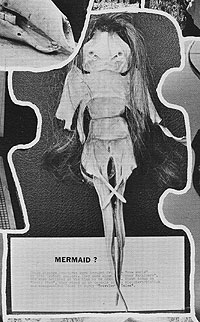
This specimen is from the 1975 catalog of the Wonders of the World Museum.
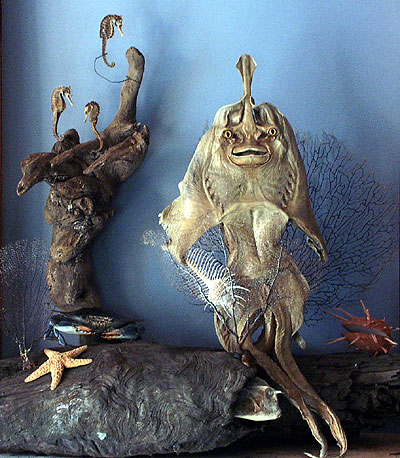
The Zymoglyphic museum's new acquisition joins two existing specimens in its natural history department. This one, referred to as the Zymoglyphic Mermaid, is endemic to the Zymoglyphic region. Also native to the region is a primitive flying species known as the Leatherwing.

2 Comments:
There's a great discusssion of created monsters in 'Merchants and Marvels' eds. Smith and Findlen. Must scan a couple of the illustration for you...
October must be magic. You are writing in your wonderfully dry curator style -- I love it. Where do you come up with all this stuff anyway, huh? I like the mermaids, but especially enjoyed Cheeky Pete. Keep on 'bloggin...
Post a Comment
Links to this post:
Create a Link
<< Home